

Table of contents
- savory
- dill
- strawberries
- chamomile
- carrot
- lettuce
- pumpkin
- Beetroot
- tomato
- zucchini
Creating the right mixed culture prevents the plants from having to compete for the nutrients they need. But which plants go well with onions? The following list shows it.
savory
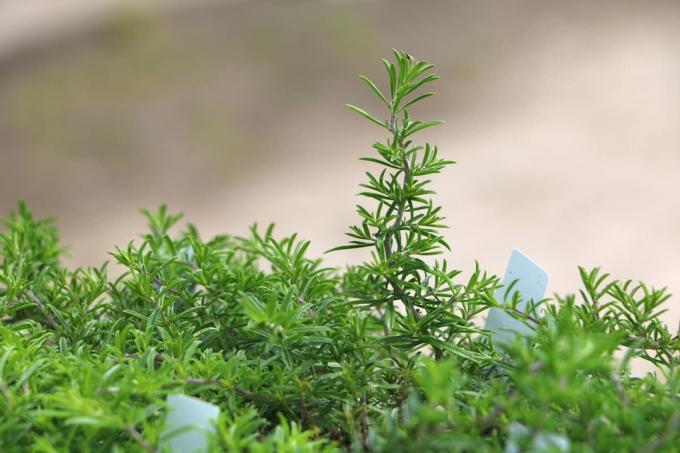
- Botanical Names: Satureja spec., Satureja hortensis and Satureja montana
- Sorts: is divided into summer and winter savory
- Height: 30 to 40 centimeters
- heyday: August to September
- flower color: white, pink, violet
- Use: Kitchen herbs or herbs
- Particularities: is also used as a medicinal herb
- Hardy: Yes
dill

- Botanical name: Anethum graveolens
- Height: up to a meter
- heyday: May until October
- flower color: yellow
- Use: as a kitchen herb or herb
- Particularities: grows taller during flowering
strawberries
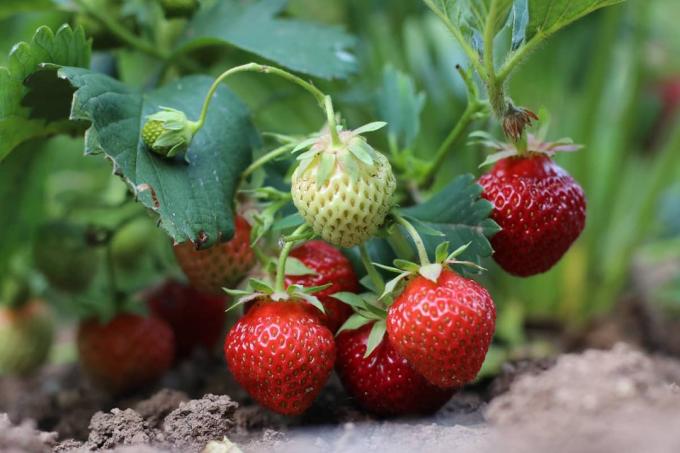
- Botanical name: Fragaria
- Sorts: Numerous varieties are available, which differ in taste and growth habit
- Height: up to 30 centimeters
- heyday: usually from March to May, depending on the variety
- flower color: white to pink
- Use: Versatile use as a fruit
- Particularities: botanically it is not a berry, but an aggregate fruit
chamomile

- Botanical name: Matricaria chamomilla L.
- Height: 15 to 50 centimeters
- heyday: May to September
- flower color: white
- Use: Tea, ointments and other herbal remedies such as tinctures
- Particularities: Due to the low demands and the wide range of possible uses, it is used almost all over the world
carrot
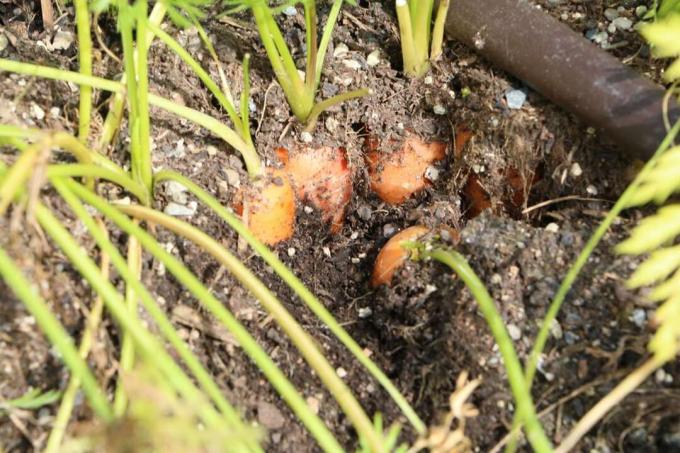
- Botanical name: Daucus carota subsp. sativus
- Sorts: different colors, also vary in taste
- Height: the green can be 20 to 30 centimeters high
- Use: Juice, smoothies, raw, cooked
- Particularities: can be used against diarrhea, among other things; low calorie content; Green is also edible
lettuce

- Botanical name: Lactuca sativa
- Sorts: different varieties with different harvest dates
- Height: about 20 centimeters
- Use: as a salad, in warm dishes, on bread and in green smoothies
- Particularities: very low in calories
pumpkin

- Botanical name: Cucurbita
- Sorts: many different varieties available
- Height: depending on the variety about 20 to 40 centimeters
- heyday: June to August
- flower color: yellowish
- Use: as soup, pickled or as cooked vegetables; purely decorative varieties are also available
- Particularities: Flowers are also edible and filled a delicacy
Beetroot

- Botanical name: Beta vulgaris subsp. vulgaris Conditiva Group
- Sorts: several varieties with different colors and flavors
- Height: the herb grows 10 to 20 centimeters high
- Use: suitable for juice, salad, preserves, soups and many recipes
- Particularities: is considered a superfood, herb can also be used
tomato

- Botanical name: Solanum lycopersicum
- Sorts: numerous varieties of different colors and different flavors
- Height: 20 centimeters to two meters
- heyday: depending on the variety and culture, flowering can already begin during pre-cultivation
- flower color: white to yellow
- Use: versatile application possibilities
- Particularities: nutritious but low in calories
zucchini

- Botanical name: Cucurbita pepo subsp. pepo convar. giromontiina
- Sorts: Several varieties or cultivated forms available
- Height: depending on the species 40 to 70 centimeters
- heyday: June to October
- flower color: yellow to orange
- Use: Fruit and flowers are edible
- Particularities: bring very high yields
 Home editorial office
Home editorial office
Learn more about vegetables

Mixed culture: 9 good neighbors of Swiss chard
The cultivation of Swiss chard in the home garden is uncomplicated and the harvest rewards are considerable. Varieties with colorful stems are also real eye-catchers in the bed. Carefully selected neighboring plants contribute to healthy growth.

Mixed culture: 17 good neighbors of beetroot
Because of its uncomplicated nature, beetroot is often cultivated. To optimize the health and taste of root vegetables, it is advisable to plant good neighbors. These have a positive effect on growth and protect against pests and fungi.

12 good neighbors of cucumbers | mixed culture
Cucumbers are popular vegetables for mixed crops with other crops. Root vegetables are just as suitable as lettuce as plant neighbors. Plantings with kitchen herbs are attractive because they enrich the garden and kitchen. Flowering ornamental plants also improve growth.
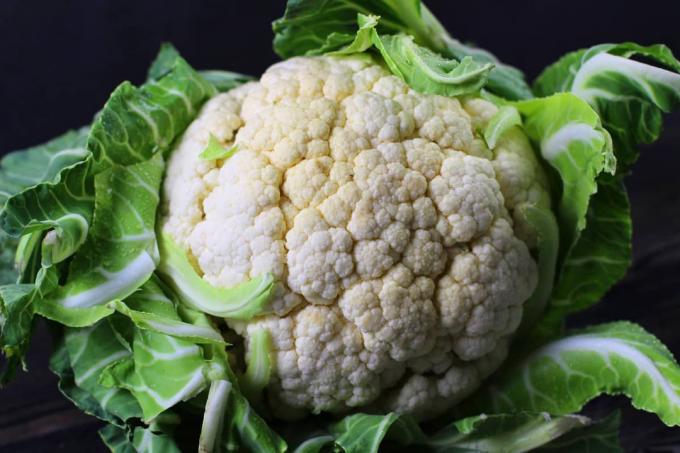
Mixed culture: 14 good neighbors of cauliflower
Cauliflower, also known as cheese or cauliflower, is a cultivated form of cabbage. It can be prepared in a variety of ways and can be eaten raw or cooked. Cultivation is not unproblematic, because cauliflower is very demanding.
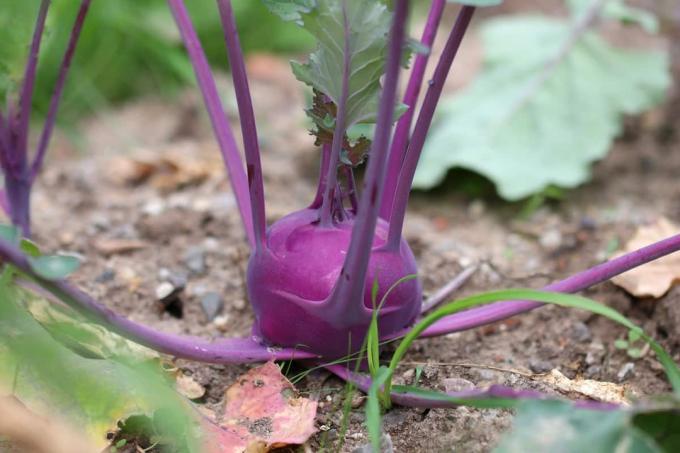
Mixed culture: 11 good neighbors of kohlrabi
The kohlrabi likes to root next to many other plants, so a mixed culture with it is easy to implement. Not only does it grow splendidly and healthily. Even the scarce space in a house garden can be used optimally. Which are his favourites?

Cucumbers: Cultivation of cucumbers in greenhouses/outdoors
Cucumbers are one of the most popular vegetables in this country. So what could be more obvious than growing your own refreshing cucumbers. Because cucumbers are heat-loving plants, they thrive in a greenhouse. If you don't have a greenhouse, you can also cultivate different varieties outdoors. You can find out what you should consider when growing cucumbers here.
